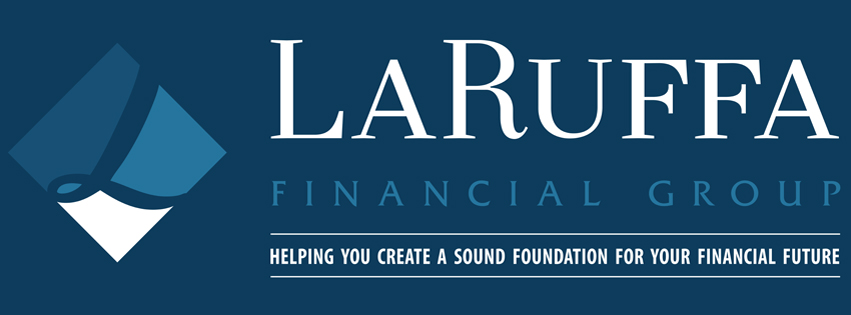Have you ever asked customer service
representatives a “yes” or “no” question, only to hear them dance around the
answer just to avoid telling you “no”? For some, it seems the strategy in
customer service is to “never say ‘no’ without offering a ‘yes’ at the same
time.”
[CLICK HERE to read the article, “Customer Service Best
Practice: How to Handle Saying ‘No’ to a Customer,” from Forbes, Dec. 10, 2015.]
The phrase “the customer is always right” was first
coined in 1909 by Harry Gordon Selfridge, founder of Selfridge’s department
store in London. These days, the saying is a symbolic salute toward
client-driven customer service, but the reality is that sometimes the customer
is right, sometimes the customer is irrationally wrong and sometimes the
customer is innocently wrong but made to believe that he or she is right.
Clearly, customer service can be a complex
discipline.
[CLICK HERE to read the article, “Top 5 Reasons Why ‘The
Customer Is Always Right’ Is Wrong,” from Huffington Post, April 15, 2014.]
[CLICK HERE to read the article, “OPEN for Discussion: Is
the Customer Always Right?” from American Express Small Business Open Forum, Feb.
25, 2015.]
In the financial services arena, we work with
our clients so they know the benefits and risks of the products we offer before
making a decision. The process is informative, because it’s important that you
understand what you’re buying and how it will meet your needs.
We believe it’s important to provide this type
of transparency to our clients, so you don’t end up with buyer’s remorse.
[CLICK HERE to read the article, “This Is Your Brain on
Decision-making,” from Knowledge@Wharton, Oct. 29, 2015.]
Unfortunately, many client and customer service interactions
are moving more and more into the realm of automation. Got a problem with a
product or service you bought? Send an email and wait a few days for a response,
or get ready to try explaining the problem during a lengthy online chat.
According to a recent study, approximately two-thirds
of customer service interactions will no longer be conducted by humans by the
year 2017. It’s more convenient than ever to buy something online all by
yourself. However, when it comes time to address an issue, you’ll still want
access to a human to assist you.
Whether that human is allowed to give you a
straight answer — or is under strict orders to avoid saying “no” — is a
different issue altogether.
[CLICK HERE to read the article, “Out with the Old and Into
the Future: Keys to Best-in-Class Self Service Experiences,” from LinkedIn,
Aug. 13, 2015.]
[CLICK HERE to read the article, “Customers’ Desire for
Speed, Convenience Fuels Greater Demand for Self-Service,” from Parature, March
19, 2015.]
From a business’ point of view, it can often be
cheaper to give customers what they want instead of going to the effort of investigating
the issue. While this may not have been the intention behind Selfridge’s
now-famous approach to business, it may be the most cost-efficient way to
address concerns, not to mention a quick way to build goodwill with consumers.
Of course, the best business model is to avoid
mistakes altogether. As your financial professional, we strive to find the
right fit for you from the start, but if you ever have questions about your
finances, we’ll be on the other end of the line to answer the call.
We are an independent firm helping individuals create retirement strategies
using a variety of insurance products to custom suit their needs and
objectives.
The information contained in this material is
provided by third parties and has been obtained from sources believed to be
reliable, but accuracy and completeness cannot be guaranteed.
If you are unable to access any of the news
articles and sources through the links provided in this text, please contact us
to request a copy of the desired reference.
AE12155198
